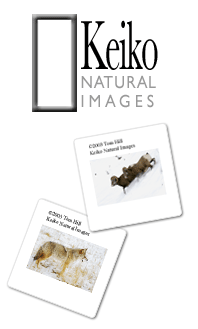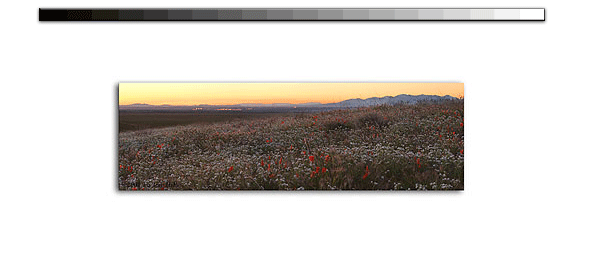|
To get into the real nuts and bolts of an equipment decision like this, lets look at photography styles. You know, the driver that should press any equipment decision we make. Notice Im not talking about equipment envy! While I personally love environmental shots like those mentioned earlier, my real passion is getting close to my subjects. Im talking really close. My goal is to open a whole new world by seeing things close-up that otherwise might be missed at a distance. For birds, its the difference between watching the feathers respond to the wind on an upstroke. For mammals its seeing reflections in their eyes as if you could see what theyre thinking. For me magnification is practically everything associated with owning one of these super-teles. The weight and challenges of using such a huge chunk of glass like the 600mm f/4 AF-S pales in comparison with meeting my goal for tight intimate close-ups of my subjects. Add to that, I totally believe in teleconverters abilities to increase my range without much sacrifice to the overall optical quality of my lens. Finally, I depend on the apparent 1.5x magnification of the image using the Nikon D series SLRs to get even closer. Magnification is the key to most of my long lens photography.
Since I have to use this monster, I shoot in conditions that allow me to overcome its employment challenges. This means selecting ISO 400 on my Nikon digital cameras. I may even be restricted to moderate lighting situations just to keep the shutter speed up. These are sacrifices anyone has to make when encountering the realities of long lens shooting. The bummer is any problems youll see with the 500mm f/4 AF-S are only worse with the 600mm f/4 AF-S. I attribute this to the cost of doing business.
Now, dont believe the 600mm f/4 AF-S is the only lens in my camera bag. Usually, Ill be out in the field with the following arsenal:
600mm f/4 AF-S
80-200mm f/2.8 AF-S
18-35mm f/3.5-4.5
14mm f/2.8
TC-14e and TC-20e
I even have my 300mm f/2.8 AF-S in the car.
|




